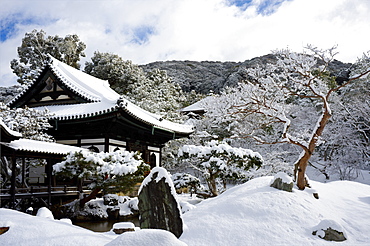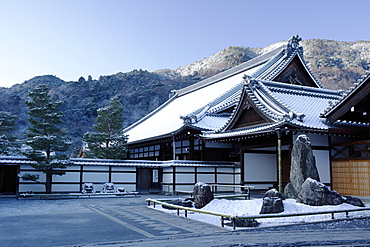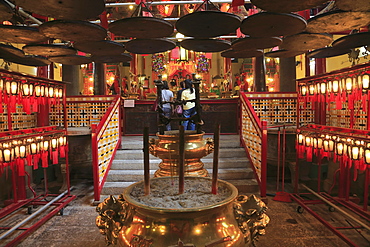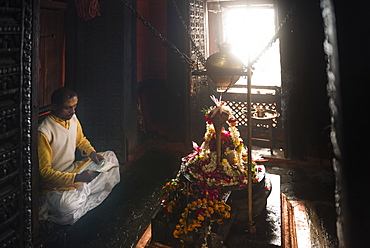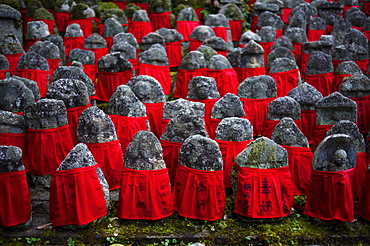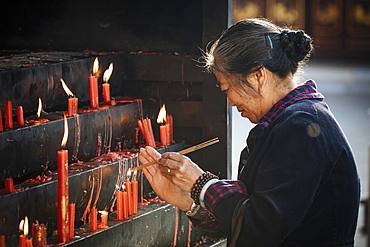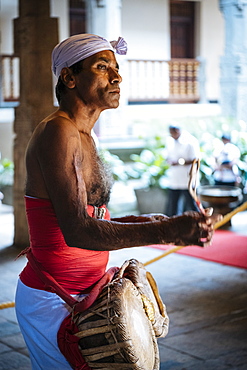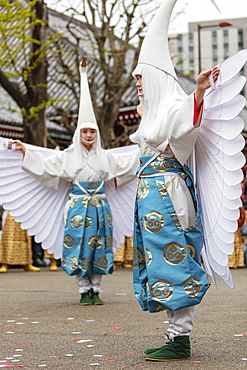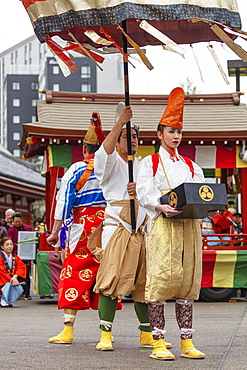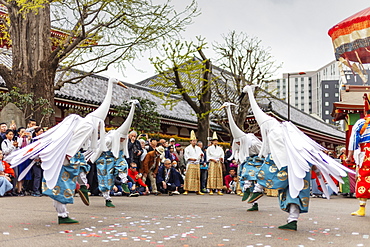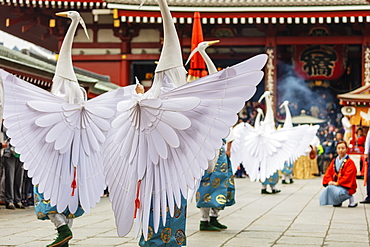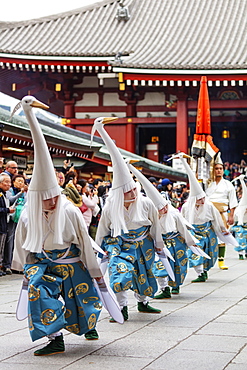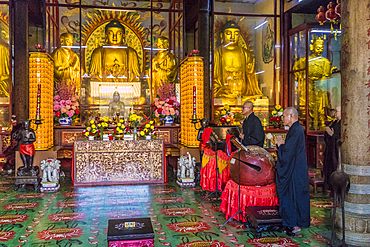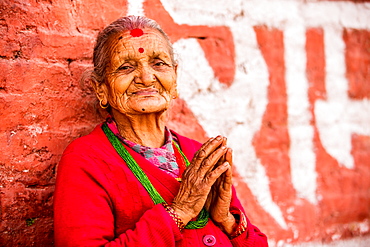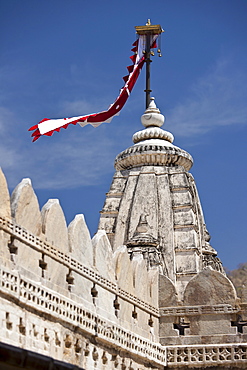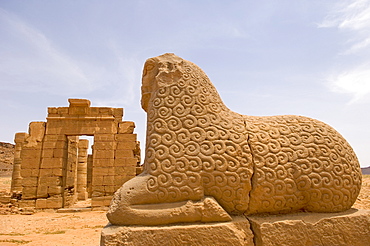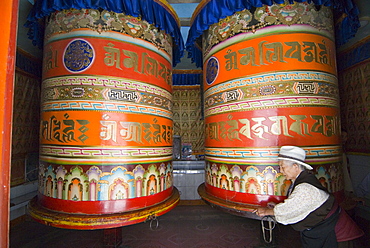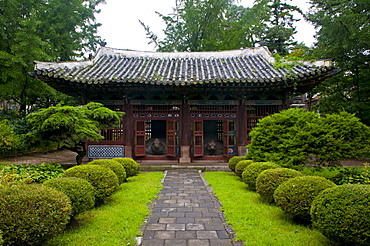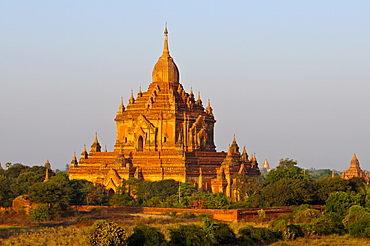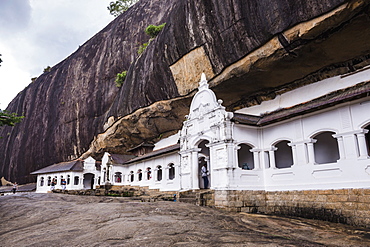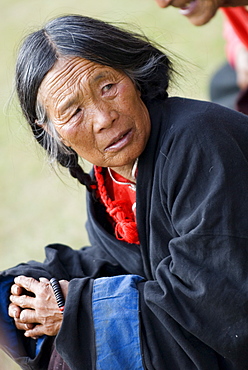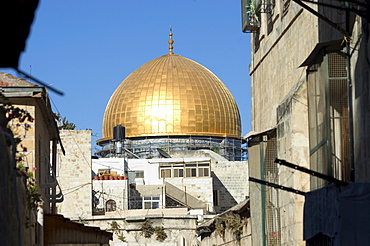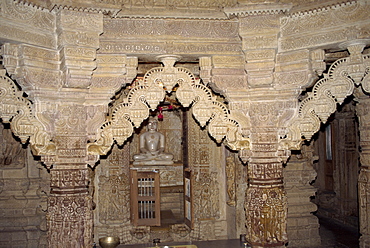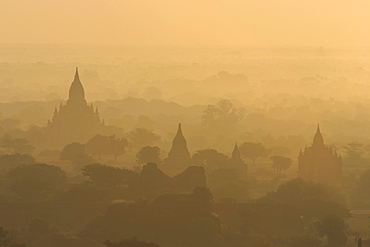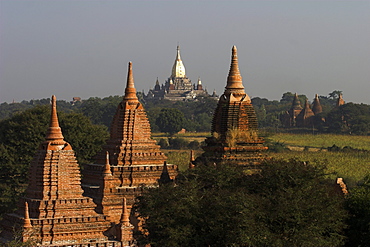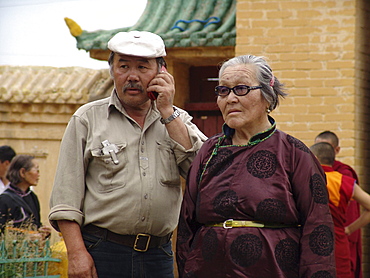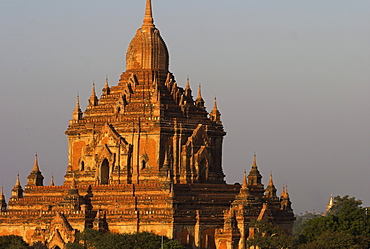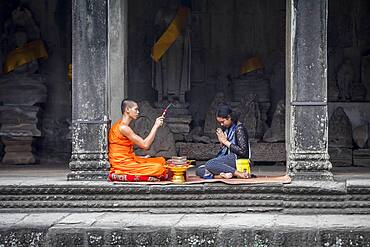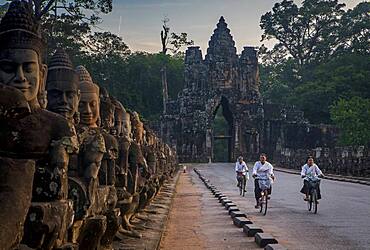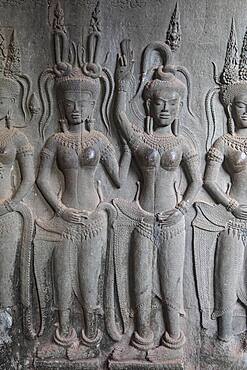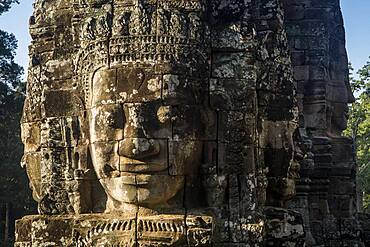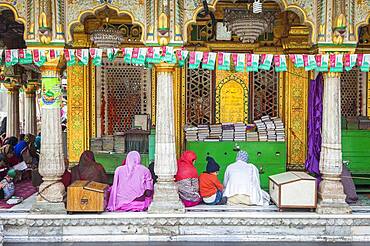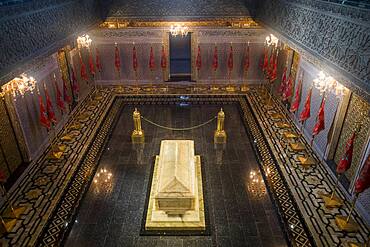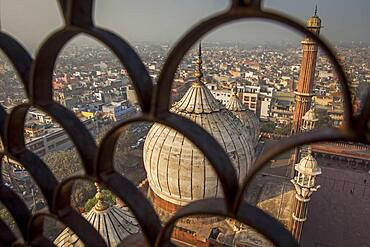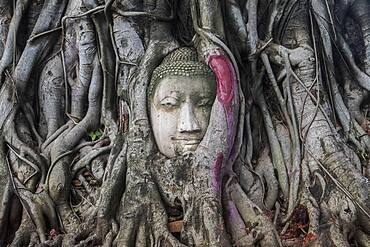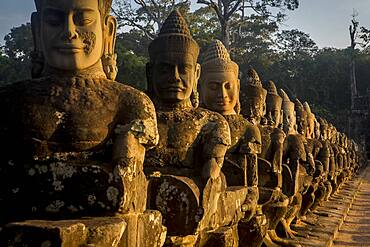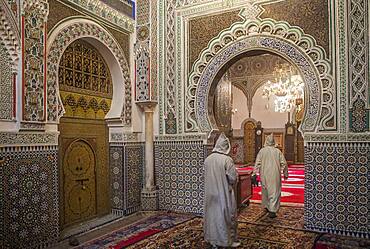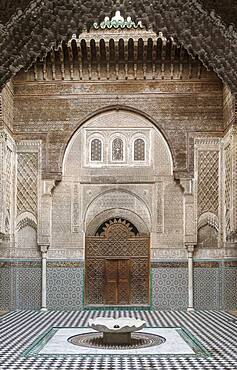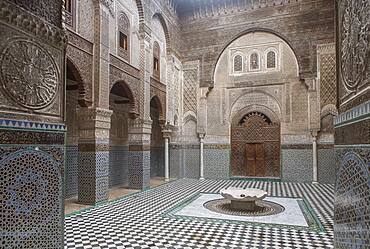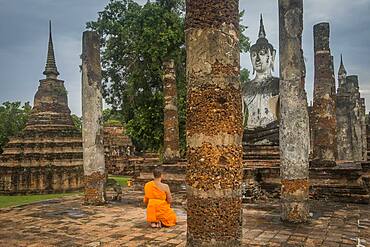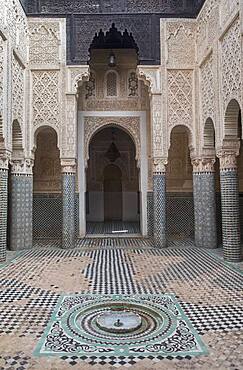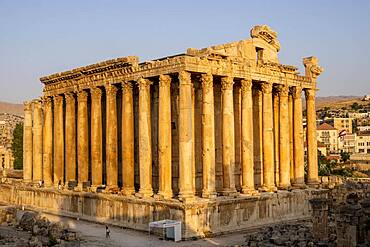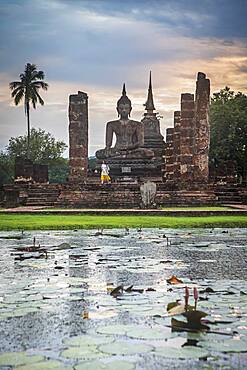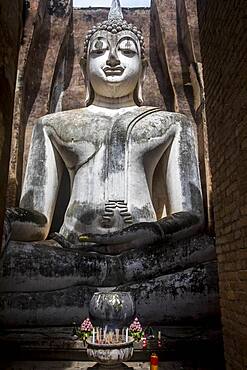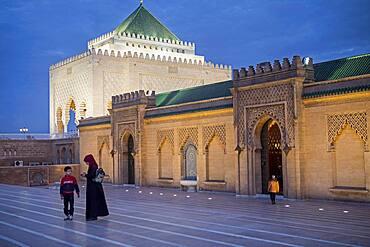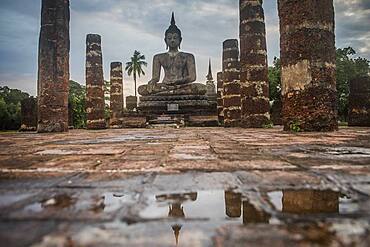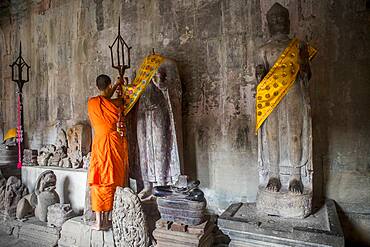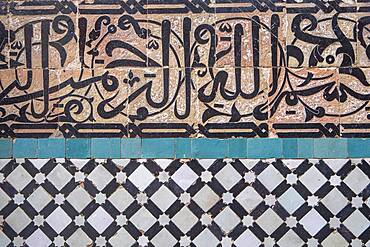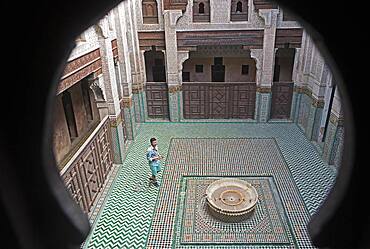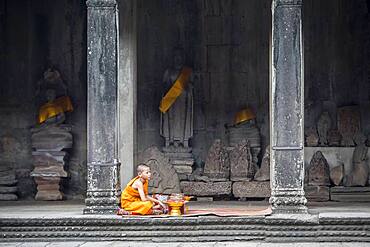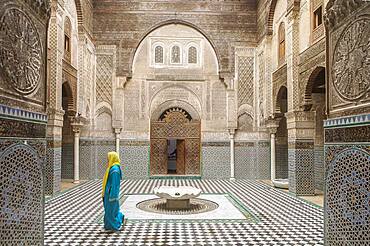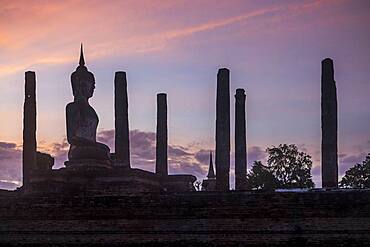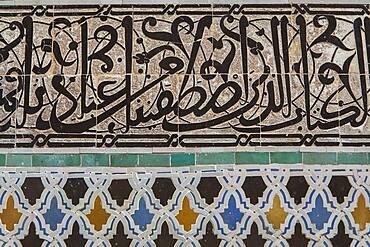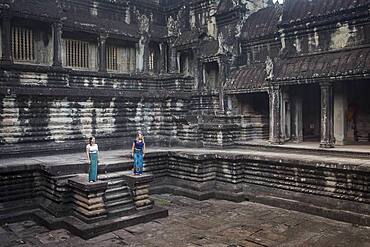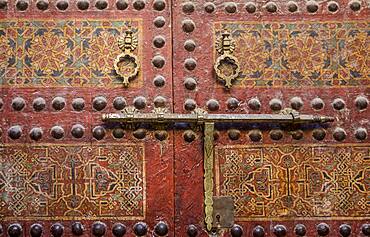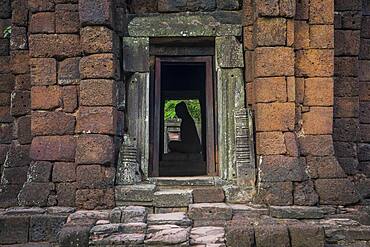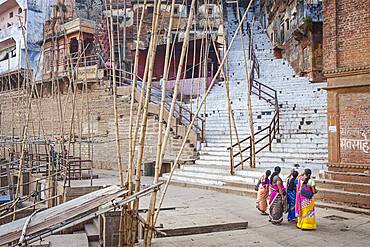Results
« Previous 1 … 18 19 20
1914 results found
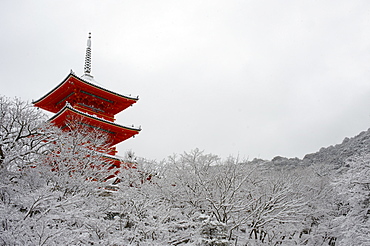
Kiyomizu-dera Temple's pagoda hiding behind snow-covered trees, UNESCO World Heritage Site, Kyoto, Japan, Asia
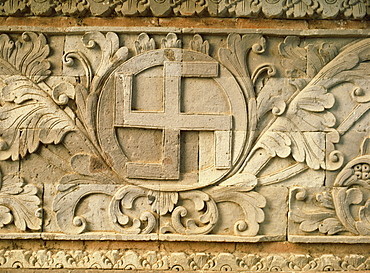
Relief of swastika, an old Hindu symbol, temple of Goa Lawah, east of Klungkung, Bali, Indonesia, Southeast Asia, Asia
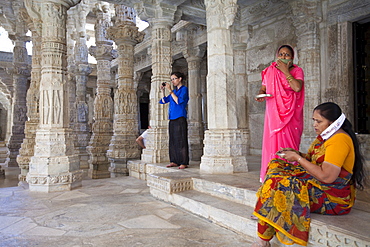
Jain pilgrims with traditional masks at The Ranakpur Jain Temple at Desuri Tehsil in Pali District, Rajasthan, India
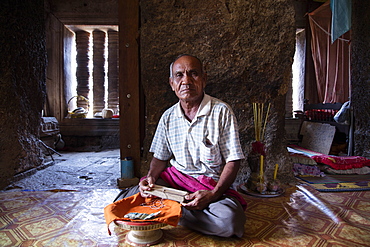
Fortune teller in the interior of an old Khmer temple on Chi Sor Mountain in Takeo, Cambodia, Indochina, Southeast Asia, Asia
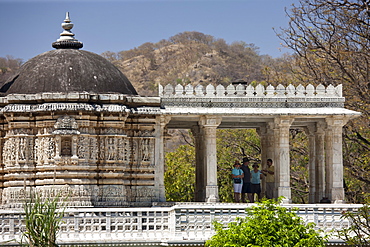
Tourists with tour guide at The Ranakpur Jain Temple at Desuri Tehsil in Pali District of Rajasthan, Western India
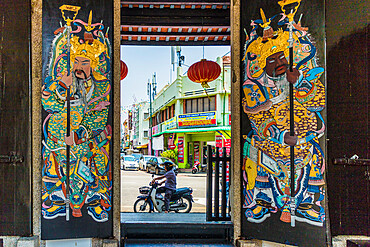
Ornate doors at Han Jiang Ancestral Temple in George Town, UNESCO World Heritage Site, Penang Island, Malaysia, Southeast Asia, Asia
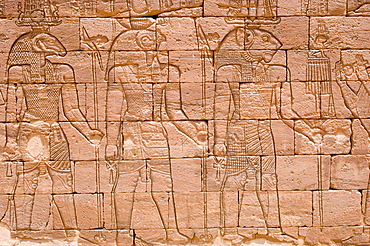
Temple of Apademak (the lion-god), erected in the 1st century AD by King Natekamani, Old Temple of Naga, The Kingdom of Meroe, Sudan, Africa
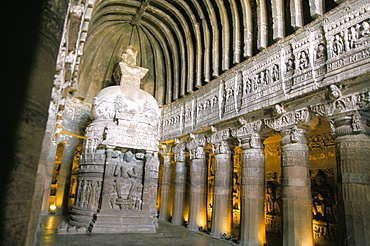
Buddhist cave temple, 1500 years old, carved in in-situ Deccan basalt, Ajanta, UNESCO World Heritage Site, Maharashtra, India, Asia
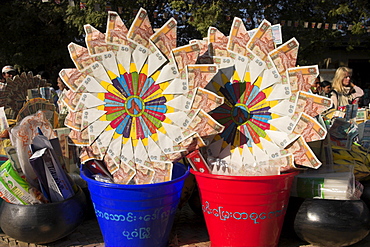
Alms on table to be distributed to monks, Ananda festival, Ananda Pahto (Temple) Old Bagan, Bagan (Pagan), Myanmar (Burma), Asia
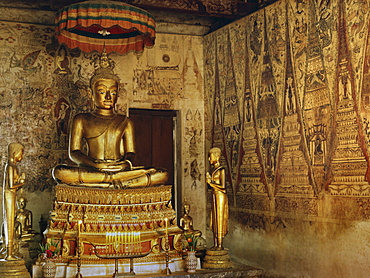
Wat Ko Keo Suttharam, dating from the 18th century, an Ayutthaya period temple housing very old murals, Petchburi Thailand, Southeast Asia, Asia
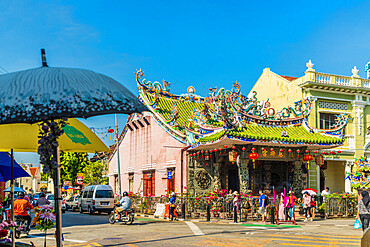
Choo Chay Keong Temple in George Town, UNESCO World Heritage Site, Penang Island, Malaysia, Southeast Asia, Asia
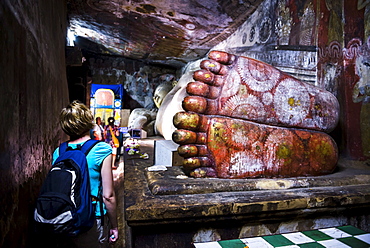
Tourist visiting Cave 1 (Cave of the Divine King), Dambulla Cave Temples, UNESCO World Heritage Site, Dambulla, Central Province, Sri Lanka, Asia
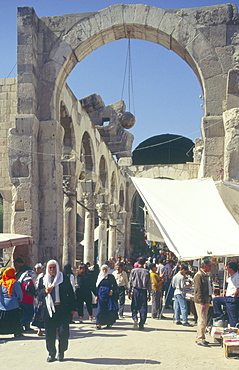
Western gate, Souq Hamadyeh (market) and remains of temple of Jupiter, Old City, Damascus, Syria, Middle East
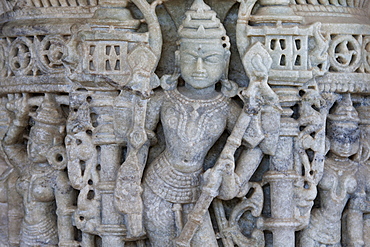
Detail of stone carvings at The Ranakpur Jain Temple at Desuri Tehsil in Pali District of Rajasthan, Western India
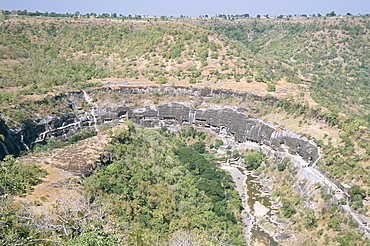
Cave temples, 1500 years old, carved in basalt cliff above Waghore River, Ajanta, UNESCO World Heritage Site, Maharashtra, India, Asia
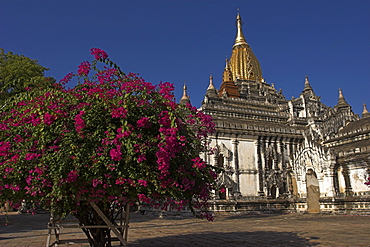
Ananda Pahto (temple) built around 1105 by King Kyanzittha, old Bagan, Bagan (Pagan), Myanmar (Burma), Asia

Stupa (bell-shaped ornaments) of Borobodur, a 9th-century Buddhist Temple near Yogyakarta in central Java, Indonesia.

Stupa (bell-shaped ornaments) of Borobodur, a 9th-century Buddhist Temple near Yogyakarta in central Java, Indonesia.
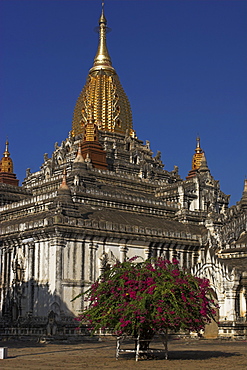
Ananda Pahto (temple) built around 1105 by King Kyanzittha, old Bagan, Bagan (Pagan), Myanmar (Burma), Asia
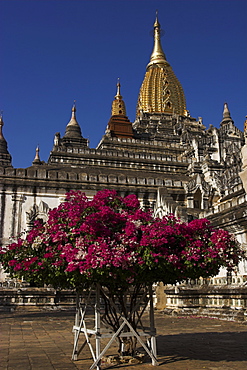
Ananda Pahto (temple) built around 1105 by King Kyanzittha, old Bagan, Bagan (Pagan), Myanmar (Burma), Asia
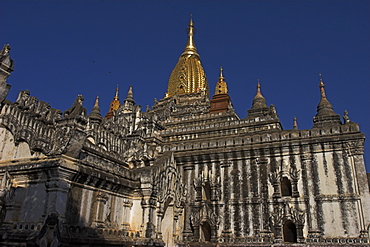
Ananda Pahto (Temple) built around 1105 by King Kyanzittha, old Bagan (Pagan), Myanmar (Burma), Asia
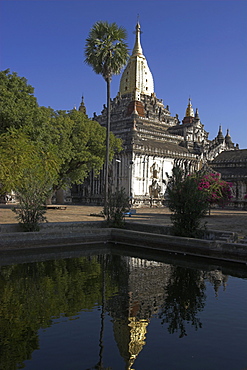
Ananda Pahto (Temple) built around 1105 by King Kyanzittha, old Bagan (Pagan), Myanmar (Burma), Asia
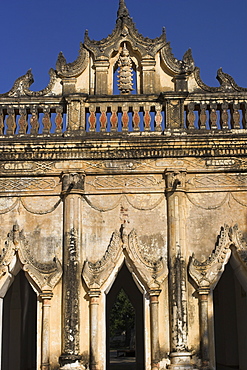
Ananda Pahto (temple) built around 1105 by King Kyanzittha, old Bagan, Bagan (Pagan), Myanmar (Burma), Asia

Thatbyinnyu Pahto, one of the highest temples built by King Alaungsithu in the mid 12th century, old Bagan (Pagan), Myanmar (Burma), Asia

The Polygonal wall, a retaining wall built after the destruction of the old temple of Apollo in 548 BC, Delphi, UNESCO World Heritage Site, Peloponnese, Greece, Europe
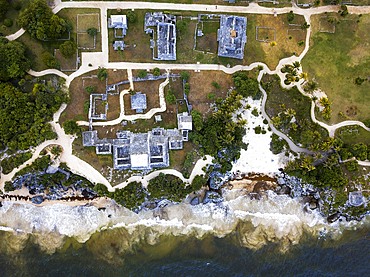
Aerial views of El Castillo and the Ruins of the Mayan temple grounds at Tulum, Quintana Roo, Yucatan, Mexico. Tulum is the site of a pre-Columbian Mayan walled city which served as a major port for Coba, in the Mexican state of Quintana Roo. The ruins are situated on 12 meter 39 ft tall cliffs along the east coast of the Yucatán Peninsula on the Caribbean Sea in the state of Quintana Roo, Mexico. Tulum was one of the last cities built and inhabited by the Maya; it was at its height between the 13th and 15th centuries and managed to survive about 70 years after the Spanish began occupying Mexico. Old World diseases brought by the Spanish settlers appear to have resulted in very high fatalities, disrupting the society, and eventually causing the city to be abandoned.
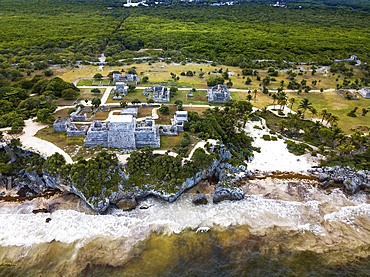
Aerial views of El Castillo and the Ruins of the Mayan temple grounds at Tulum, Quintana Roo, Yucatan, Mexico. Tulum is the site of a pre-Columbian Mayan walled city which served as a major port for Coba, in the Mexican state of Quintana Roo. The ruins are situated on 12 meter 39 ft tall cliffs along the east coast of the Yucatán Peninsula on the Caribbean Sea in the state of Quintana Roo, Mexico. Tulum was one of the last cities built and inhabited by the Maya; it was at its height between the 13th and 15th centuries and managed to survive about 70 years after the Spanish began occupying Mexico. Old World diseases brought by the Spanish settlers appear to have resulted in very high fatalities, disrupting the society, and eventually causing the city to be abandoned.

Inside Basílica de Santa María la Real de Covadonga catholic church in Cangas de Onis, Picos de Europa, Asturias, Spain, Europe.
In 1777 a fire destroyed the old temple, which stood adjacent to the Holy Cave where Our Lady of Covadonga is revered. It was then decided to raise a new church as a monumental sanctuary, raising donations from all of Spain; the plan was opposed by the local council, as the canons wanted to rebuild the temple of the Holy Cave and build an ambitious sanctuary that had once been designed by Ventura Rodríguez, but never completed. One century later, the project was resumed by King Alfonso XII of Spain, who was interested in completing this work. The classic design of Ventura Rodríguez was very difficult and expensive and was replaced by a new neo-Medieval design.
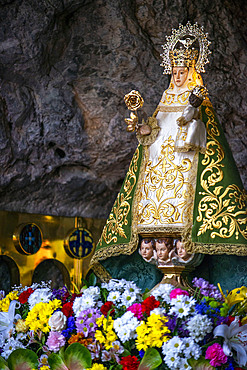
Our Lady of Covadonga. The Blessed Virgin Mary, and a Marian shrine devoted to her at Basílica de Santa María la Real de Covadonga catholic church in Cangas de Onis, Picos de Europa, Asturias, Spain, Europe.
In 1777 a fire destroyed the old temple, which stood adjacent to the Holy Cave where Our Lady of Covadonga is revered. It was then decided to raise a new church as a monumental sanctuary, raising donations from all of Spain; the plan was opposed by the local council, as the canons wanted to rebuild the temple of the Holy Cave and build an ambitious sanctuary that had once been designed by Ventura Rodríguez, but never completed. One century later, the project was resumed by King Alfonso XII of Spain, who was interested in completing this work. The classic design of Ventura Rodríguez was very difficult and expensive and was replaced by a new neo-Medieval design.

seller of religious offerings, souvenirs and wardrobe for shoes, entry to Hazrat Nizamuddin Dargah, Delhi, India
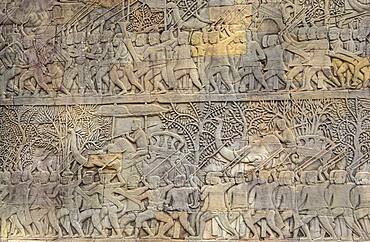
Representation, Ramayana epic, Bas-relief carvings, in Bayon temple, Angkor Thom, Angkor, Siem Reap, Cambodia
